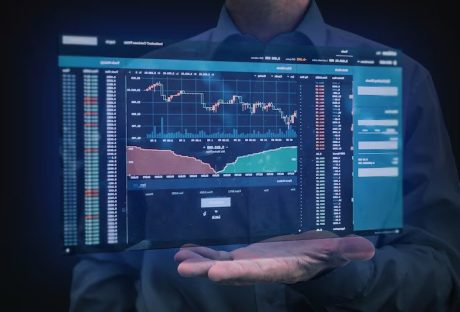Probably, you have heard many times about metal banks and have asked yourself what it is all about? In recent years, this term has become increasingly familiar, despite the fact that metal banks were already present in the past.
But what is a metal bank really, and what is its activity?
A metal bank is, in essence, a company that operates in the sale of precious metals, such as gold, silver, platinum, palladium, and so on, but unlike what is often mistakenly thought, it is regulated by different norms, with respect to normal stores.
The main difference between these two types of activity consists in the fact that a metal bank is a company that has received authorization to trade precious goods directly from the government and the public institutions and that, therefore, has the legal requirements to be recognized as a professional operator in the precious metals sector.
There are some doubts that people have regarding the authenticity of metal banks. I would like to state that metal banks are totally compliant and regulated institutions that can operate only after securing a license from the government. This makes them genuine, credible and lawful. If you have any doubts regarding their operations or workings, you can ask your local government body to help you understand their operations.
This means, specifically, that a metal bank is a company that operates in compliance with the law, making use of the work of highly qualified and competent personnel, like in the case of Faggi company. A metal bank also buys used precious metals, but, before reselling them, it melts and reworks them, so that it can also handle investment gold in the form of ingots, gold coins, and plates.
What distinguishes a metal bank from a normal Gold Store is the authorization to buy and sell:
- Investment gold, I.e. gold shaped like ingots or small plates. This needs to be of a dimension and weight that is generally accepted in the gold market but in any case greater than 1 gram.
- Gold coins of purity which are equal to or greater than a small percentage or fraction (900 thousandths), that have been minted later than 1800, which have or had legal tender status in the nation in which they have first originated,
- Gold material mainly for industrial use, both in the form of semi-finished products of purity equal to or greater than 325 thousandths and in any other form and purity.
Knowing specifically the work of a metal bank, characterized by transparency and clarity due to its juridical and corporate nature, a potential customer will already know that this is a reliable investment. The customer can also be certain of obtaining a service that stands out for experience and professionalism. And this is exactly the case of Faggi.it.
Conclusion:
Investing in a metal bank is a new and upcoming model of making sound investments and securing high returns. This means that there is a certain peace of mind that can be attached to working with a metal bank. You need not worry about your investments experiencing a downturn. This will never happen, as the institution works with 100% governmental compliance at all times.
In the past couple of years, people have started investing heavily in metal banks. This is because the market for precious metals keeps increasing in terms of value and dividends. As more and more precious metals are found to be useful for science and tech, the demand for the same keeps rising quite steadily.
Read Also:






















